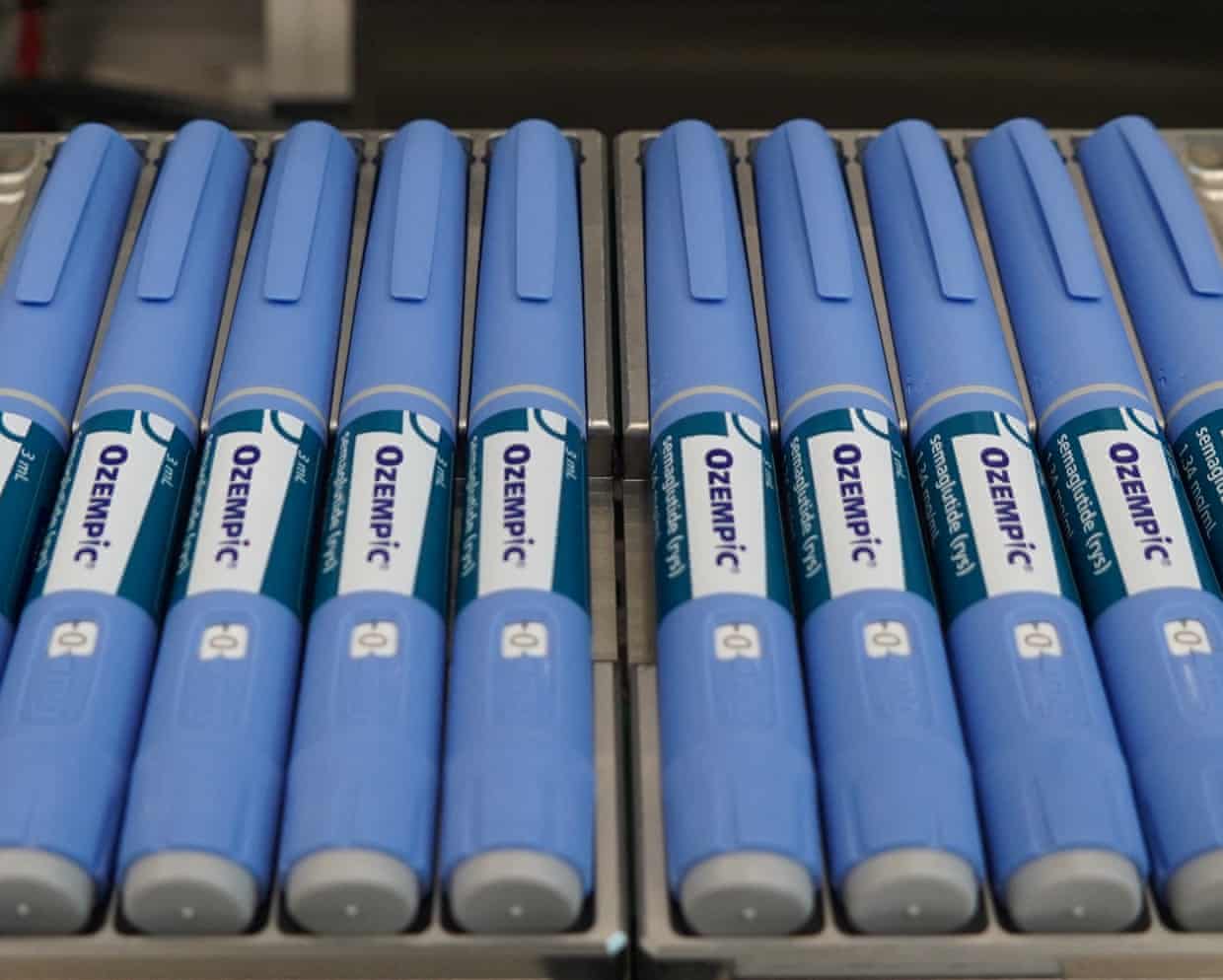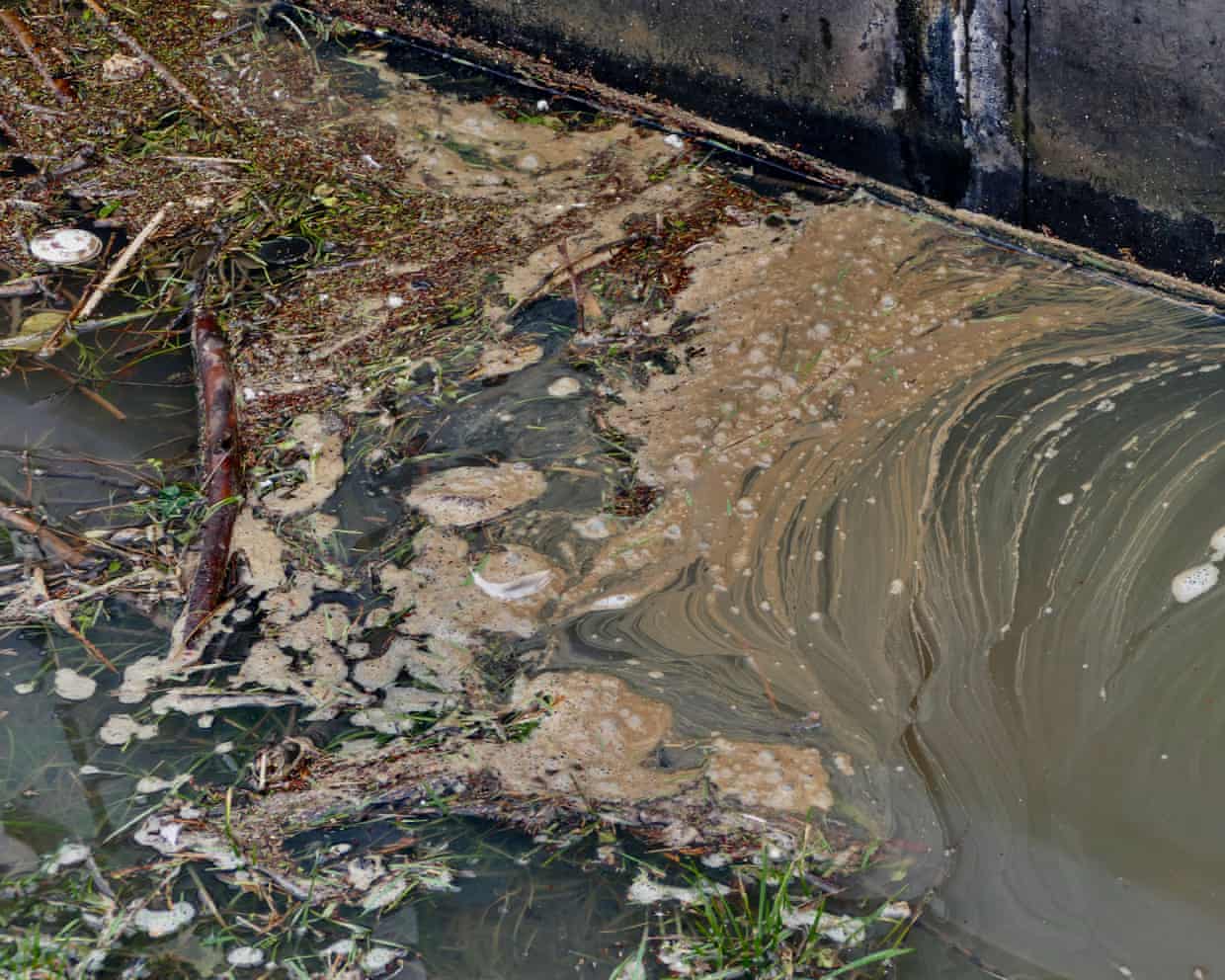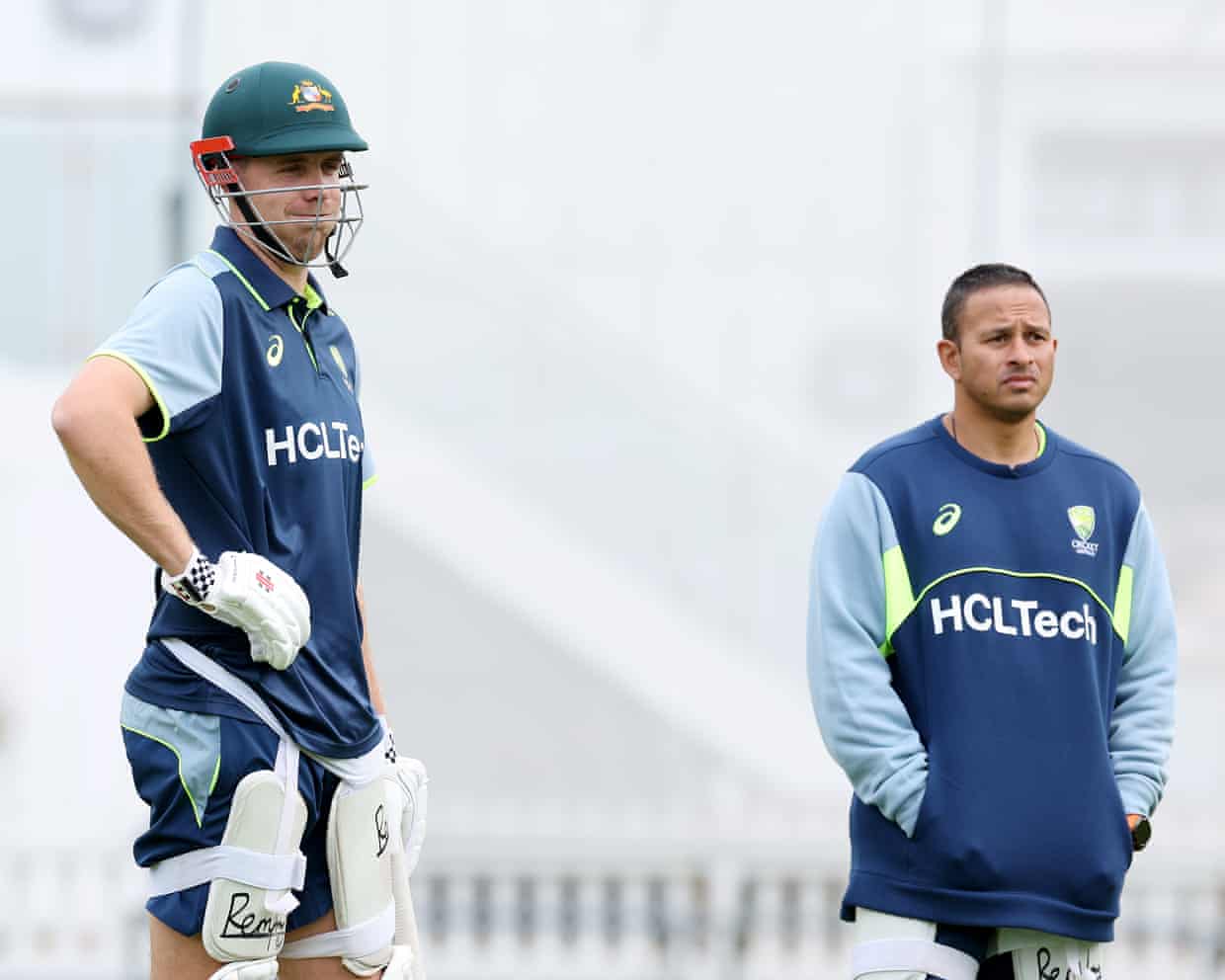How to make rotis – recipe | Felicity Cloake's Masterclass

These staple north Indian flatbreads come in a variety of forms – thinner, softer versions cooked on a flat tawa are also known as chapatis, while phulkas employ the same dough, but are held over a flame until they puff like a balloon.Either way, they’re great for scooping up meat and vegetables, or for mopping up sauce.Years of practice makes perfect, but this recipe is a good place to start.Prep 25 min Rest 30 min Cook 15 min Makes 8165g atta (chapati) flour, plus extra for dusting (see step 1)¼ tsp fine salt 1 tsp neutral oil Melted ghee or butter, to serve (optional)If you can’t find atta flour, which is a flavourful, very finely milled wholemeal flour that can be found in south Asian specialists and larger supermarkets, food writer Roopa Gulati recommends using a 50:50 mixture of plain flour and wholemeal flour instead.Put the flour and salt in a large bowl, whisk briefly, then make a well in the middle.
Pour the oil into the well – as Mallika Basu explains in her book Masala, this added fat helps soften the dough, though “if you keep practising … you may reach the holy grail of rotis: impossibly thin, perfectly round roti with no oil involved”, so if you fancy your skills, you may prefer to leave it out.Many experienced roti makers use room temperature water, but hot, or even warm water will make the dough easier to handle, and also keep the breads soft for longer once they’re cooked.Stir about 100ml water into the well with the oil, then, using your fingertips, gradually incorporate the liquids into the flour.Add more water very slowly until you have a firm, but sticky, rather than dry dough – if it’s still dusty, add a little more water; if it’s unmanageably wet, add a bit more flour.Tip out on to a clean work surface and knead for about 10 minutes, until smooth; add a little extra flour, if necessary, but be stingy with it.
Put the dough in a bowl, cover with a plate or tea towel, then leave to sit for half an hour (this will make it easier to roll out later).Divide the dough into two roughly equal pieces, divide each piece in half again, then divide again so you have eight pieces in all.One by one, roll into balls, keeping the rest of the dough pieces covered so they don’t dry out; keep the rolled balls covered, too.Cut out some rough squares of baking paper, and put a frying pan or flat griddle on a medium-low heat (if you develop a taste for roti, a tawa pan is not expensive, and is also helpful for making pancakes and dosa), and warm a plate in a low oven or with hot water.On a lightly floured surface, roll out one ball into a roughly 12cm-wide circle, flipping it in the flour to ensure it doesn’t stick and turning the dough a few degrees between each roll to help make it round.
Store the rolled breads between the squares of paper and wrapped in a tea towel.Turn up the heat under your chosen pan to medium-high.Lay one bread in the hot pan, leave to cook until small bubbles appear on the surface, then use tongs or a spatula to flip it over.Cook for another 40-60 seconds, pressing down lightly with a spatula as it puffs up, until speckled brown on the underside.Brush each cooked bread with melted ghee or butter, if using, then store on the heated plate and under a tea towel (or wrapped in foil) while you cook the rest.
These are best eaten fresh from the pan; you can store the uncooked rolled out breads for a few hours before cooking, as long as you keep them separated and covered,

Ozempic maker Novo Nordisk cuts sales and profit forecasts again
The maker of Ozempic and Wegovy has cut its sales and profit forecasts as it continues to fall behind in the competitive market for obesity and diabetes treatments.Novo Nordisk’s chief executive, Mike Doustdar, who took the reins in August, said the reduced guidance was because of “the lower growth expectations for our GLP-1 treatments”.“The market is more competitive than ever more,” Doustdar said in a video message accompanying the company’s third-quarter results.The Danish pharmaceutical firm’s rate of profit growth has slowed and its share price has slid after losing ground to its US rival Eli Lilly, which makes the Mounjaro and Zepbound weight-loss injections. Clinical studies have shown that Mounjaro is more effective in causing weight loss than Wegovy

Bosses at six water firms had £4m in bonuses blocked under new rules, Ofwat says
Water company bosses were blocked from receiving £4m in bonuses for the last financial year – and the industry regulator is considering forcing companies to report pay received from parent companies after a Guardian investigation.Ofwat, the regulator for English and Welsh water firms, said six companies had complied with the new rules governing the sector and did not pay out bonuses to bosses. However, it is consulting on further rules to force the disclosure of payments by other companies after the revelation that Yorkshire Water’s chief executive, Nicola Shaw, had received £1.3m in secret payments via an offshore parent company.The government in June banned bonuses for water companies that failed to protect the environment from the worst pollution incidents, after widespread public outrage over the extent of sewage in Britain’s rivers and seas

Apple Watch SE 3 review: the bargain smartwatch for iPhone
Apple’s entry level Watch SE has been updated with almost everything from its excellent mid-range Series 11 but costs about 40% less, making it the bargain of iPhone smartwatches.The Guardian’s journalism is independent. We will earn a commission if you buy something through an affiliate link. Learn more.The new Watch SE 3 costs from £219 (€269/$249/A$399), making it one of the cheapest brand-new fully fledged smartwatches available for the iPhone and undercutting the £369 Series 11 and the top-of-the-line £749 Apple Watch Ultra 3

Experts find flaws in hundreds of tests that check AI safety and effectiveness
Experts have found weaknesses, some serious, in hundreds of tests used to check the safety and effectiveness of new artificial intelligence models being released into the world.Computer scientists from the British government’s AI Security Institute, and experts at universities including Stanford, Berkeley and Oxford, examined more than 440 benchmarks that provide an important safety net.They found flaws that “undermine the validity of the resulting claims”, that “almost all … have weaknesses in at least one area”, and resulting scores might be “irrelevant or even misleading”.Many of the benchmarks are used to evaluate the latest AI models released by the big technology companies, said the study’s lead author, Andrew Bean, a researcher at the Oxford Internet Institute.In the absence of nationwide AI regulation in the UK and US, benchmarks are used to check if new AIs are safe, align to human interests and achieve their claimed capabilities in reasoning, maths and coding

Australia keep options open with Ashes squad selection containing few surprises | Geoff Lemon
In the end, there were few surprises. Even the most forgone conclusion of an Ashes squad will still create weeks of speculation one way or another, but answering one question at the top of the order has knocked over the other unresolved ones, tipping like dominoes as we make our way down the list.Barring injury, the only new player in the eventual XI will be Jake Weatherald, the 31-year-old Northern Territorian who in cricketing terms became a South Australian and then a Tasmanian, earning his place over severals seasons of unflashy consistency and a willingness to counterattack. Weatherald would not have made the squad if he were not going to open the batting, which means that Marnus Labuschagne, who was always going to make the team one way or another after getting his run-scoring groove back, will bat three rather than moonlighting at the top.Labuschagne at three means that there is only room for one of Cameron Green or Beau Webster at six

Jake Weatherald in contention for Test debut after being named in Australia’s Ashes squad
Opener Jake Weatherald has won a place in Australia’s Ashes squad and is the leading contender to partner Usman Khawaja at the top of the order for the first Test in Perth.But the Tasmania batter has not yet secured a spot in the XI for the series opener, with chief selector George Bailey saying he would wait until the end of the coming round of Sheffield Shield matches before making a decision on the final line-up.“I think if you look at [Weatherald’s] performance over 18, 24 months, it’s been really solid,” Bailey said. “There’s a method there that I think we like and is complimentary to those other players around him in the squad. He scores at a good rate, the way he goes about building his innings has been impressive

Josh O’Connor: the shape-shifting star who became cinema’s most wanted

From Bugonia to All’s Fair: your complete entertainment guide to the week ahead

The Guide #215: Why we can’t get enough of Bohemian Rhapsody

Stephen Colbert on ex-prince Andrew: ‘Pervert formerly known as prince’

Womad festival returns and moves to new Wiltshire site

Seth Meyers on Trump’s South Korea visit: ‘Getting the royal treatment he so desperately craves’